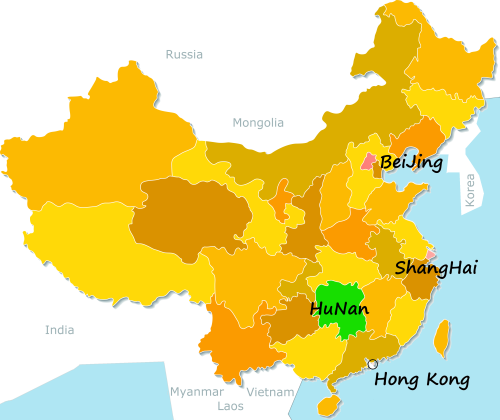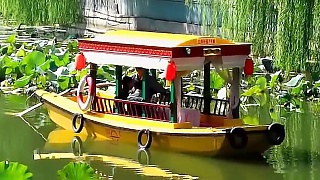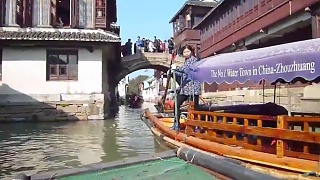With Walk East ...
[640],shadow=true,start=,stop=Phoenix ancient town, night walk ...

Live more ...
 TongZiao Village, YongZhou, HuNan
TongZiao Village, YongZhou, HuNanWith Walk East ...
[640],shadow=true,start=,stop=Phoenix ancient town, night walk ...


|
South east section of the lake.
|

|
With Time Walker ...
Bonus films - with Rafa Goes Around! ...
With Nico ...
|

|
Making baozi (steamed buns) with freshly ground wheat flour.
Real, down to earth life; beautiful. Don't miss it ...
|

|
With Barrett ...
Why latin america / south america chose China ...
|

|
Beautiful ZhouZhuang lies in JiangSu province, about 30 km southeast of Suzhou.
|

|
GuangZhou to Hong Kong ...
Plus, Hong Kong to BeiJing ...
|

|
With Wei's Travel ...
|